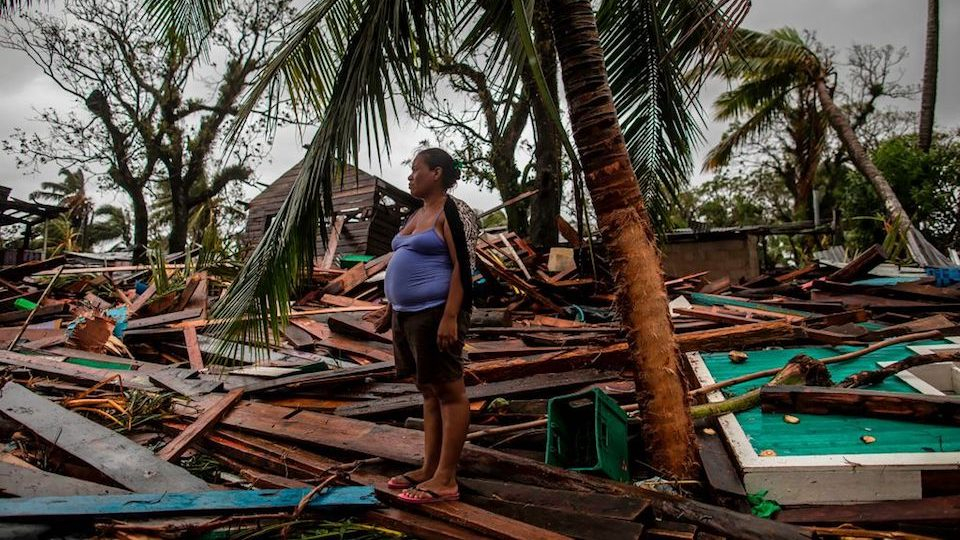Two years after hurricanes Eta and Iota impacted the Caribbean Coast of Nicaragua, in November 2020, the area is still not over the effects, local leader and researcher Daisy George said on Monday.
Eta and Iota impacted Nicaragua in category 4 on the Saffir-Simpson scale, out of a maximum of 5, with a difference of 13 days between one and the other, which left a devastation that the Government estimated at 990 million dollars.
Despite the fact that the Central American country received hundreds of millions of dollars in loans and donations, the Caribbean coast has the same difficulties as before the disaster, according to George.
“The issue of reconstruction has not existed as such. What the government has done is what they announced since they returned to power in 2007, they never executed it, until now,” the sociologist and anthropologist told Efe by telephone.
Among the projects executed after the hurricanes and after years of being announced, is the land connection between the Pacific and the Caribbean, a regional hospital, and other infrastructure works.
Related news: Ten young people, arrested in Bilwi and Waspám after municipal votes
George pointed out corruption as one of the reasons preventing reconstruction, due to “hidden defects” related to the quality of the works and the contracts, but he also pointed out the issue of priorities.
“They gave them 15 sheets (of zinc for roofing) to which they considered they should be given, but with 15 sheets you do nothing, that’s where the help stopped, the reconstruction never came, there are still destroyed buildings,” said George, who represented to the Caribbean coast of Nicaragua by the Civic Alliance for Justice and Democracy in negotiations with the Government during the 2018 crisis.
The Government reported the construction of dozens of classrooms after the destruction of the schools, but George insisted that the needs go further.
Related news: They denounce the “state and systematic violence” against Yatama
In the year of the hurricanes Nicaragua received 238.1 million dollars in external cooperation, the Central American Bank for Economic Integration (CABEI) opened a line of credit of 200 million dollars to face the disaster, and the country received 30.6 million dollars from the Caribbean Catastrophe Risk Insurance Facility (CCRIF) for the losses.
There were also million-dollar donations from Japan and Taiwan, and other minor ones from the United States, Spain and CABEI itself.
“But the support for reconstruction has not been effective for the population, but for these infrastructures, they seem to be very nice buildings, CABEI gives money to Nicaragua but does not include an exhaustive evaluation, on the subject of education, for example, absenteeism remains,” George said.
The researcher stated that in the rural areas impacted by Eta and Iota, children lose at least 4 days of school per month, since teachers are absent to travel to the regional capital to receive their payments, for which they invest two days one way and two back, as long as they don’t take advantage of their stay in the city to go to the doctor.
Another issue pending solution, pointed out by George, is public transportation, which does not exist in the area with the most isolated and poorest communities in Nicaragua, especially in the North Caribbean Autonomous Region (RACN).
The sociologist believes that the sociopolitical crisis that Nicaragua has been experiencing since 2018, added to the economic impact caused by Eta and Iota, has increased the needs on the country’s Caribbean coast, as well as despair.
“People are migrating compulsorily because they don’t have any job opportunity, plus the crisis situation that Nicaragua is facing,” he concluded.

















